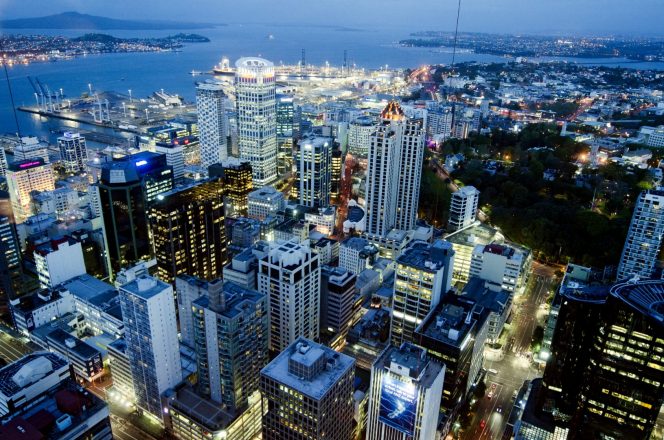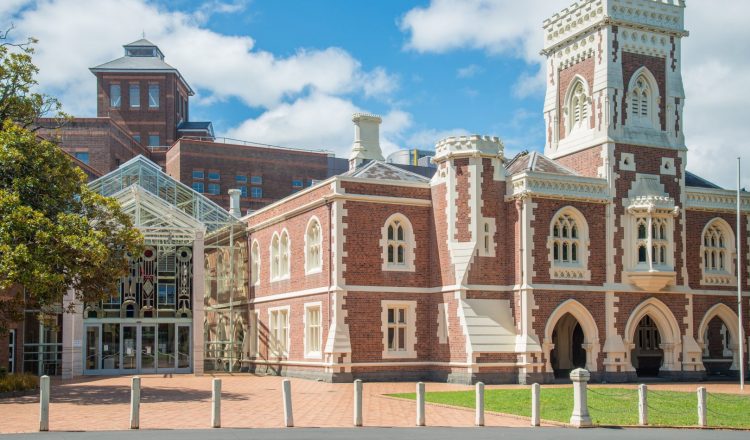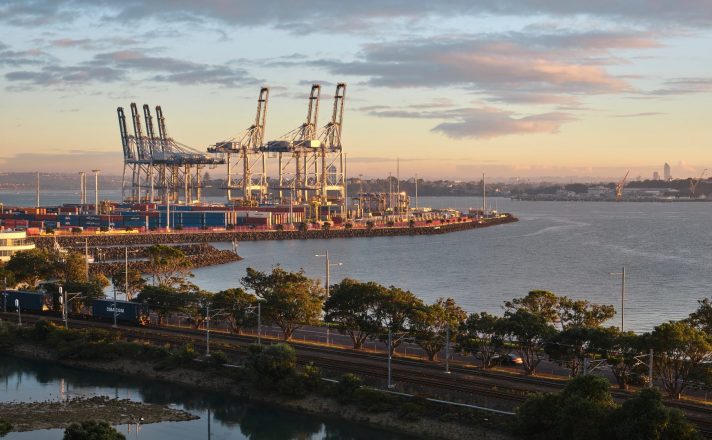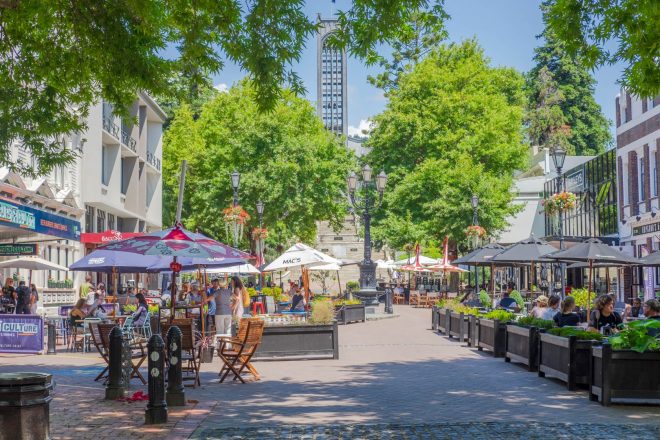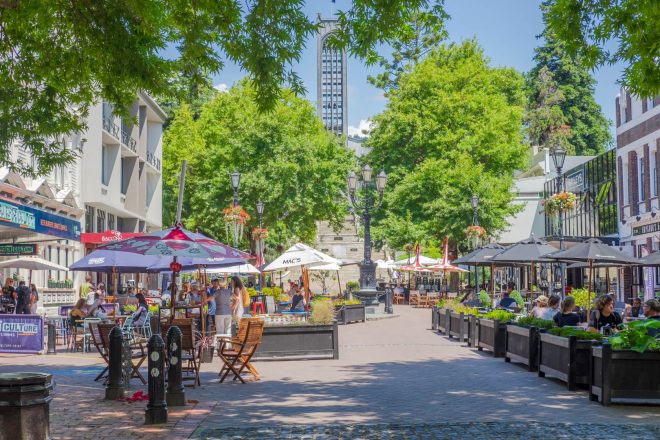What is Involved in Obtaining OIO consent
Application
The process starts with the investor submitting an application to the OIO (in the prescribed form). An application fee becomes payable once the OIO has received all information it requires and has accepted the application for assessment. These filing fees range depending on the nature of the application:
(a) $32,000 in respect of significant business assets applications;
(b) $37,500 – $49,000 for sensitive land applications; and
(c) $52,000 – $54,000 for combined sensitive land/significant business assets applications.
Template application letters are available from the OIO. However – because every investment is different – the OIO recommends investors seek legal advice for an application at an early stage.
Timing
The OIO does not provide up front guidance as to processing times for applications. The timeframe will vary depending on the nature of the application. In particular, the more complex “sensitive land” applications take longer.
On the basis of recent experience, we expect an application to take approximately:
(a) 5 – 6 months for a significant business asset application; and
(b) 6 – 9 months for a sensitive land application.
However, there is no certainty around these timeframes, and applications can take significant time to process, depending on the complexity of the transaction and the workload of the OIO (among other factors).
Statutory time frames are due to be introduced into the regime by June 2021 which will provide greater certainty and accountability.
National interest test
The OIO will not give consent to a transaction it considers is contrary to the national interest. The test is largely discretionary, but there are relevant factors for determining national interest, including whether the target business operates a strategically important business, or if the investor is partially or fully owned or controlled by a foreign government. Strategically important businesses include any businesses that are a critical direct supplier, involved in ports or airports, electricity generation, water infrastructure, telecommunications, financial market infrastructure or media businesses with a significant impact.
Matters in a consent application
The application focuses on whether or not the overseas person has relevant business experience, is financially committed and of good character.
If the investment involves an interest in sensitive land, the applicant must also demonstrate that the purchase will bring a net benefit to New Zealand. The OIO looks at a number of factors when assessing such an acquisition, including whether the investment will:
(a) create new job opportunities;
(b) introduce new technology, or managerial or technical skills, to New Zealand;
(c) increase export receipts or develop new export markets or increased market access;
(d) add to competition, and create greater efficiency or productivity;
(e) enhance services available in New Zealand;
(f) introduce into New Zealand additional investment for development purposes;
(g) increase processing of primary products in New Zealand.
To assess a number of the above factors relevant to determining the benefit of an investment, the OIO applies a test known as the “counterfactual test”. This test assesses the difference between the benefits to New Zealand “with” the proposed investment and what would happen anyway “without” the proposed investment (for example, if a New Zealand buyer acquired the land).
The applicant must provide an investment plan and supporting statements detailing how it will manage any sensitive land going forward. This document is an important touchstone, as compliance with the plans set out is almost invariably a condition of consent.
Special rules for farm land, waterways and foreshore
If an overseas person wishes to acquire farm land, or shares in a company owning farm land, that land must be marketed for sale in New Zealand for 20 working days (to persons who are not overseas persons) before the OIO is able to consent to the purchase by an overseas person.
The Crown has a right of first refusal to purchase certain land which constitutes the beds of certain waterways or foreshore and seabed land.
The following “benefit” factors are given high importance by the OIO in situations where an overseas person wishes to invest in rural land exceeding five hectares in area:
(a) creation of jobs;
(b) introduction of new technology and business skills;
(c) increased export receipts;
(d) increased processing of primary products in New Zealand; and
(e) whether there are opportunities for New Zealand oversight or involvement (eg New Zealand directors or a New Zealand head office).
In relation to forestry investments, increased processing of primary products and advancing significant government policies have special prominence.
Ongoing monitoring of compliance
The OIO monitors the activities of the overseas person post acquisition to ensure that the investor is complying with the law, any representations made in its application for consent, and any conditions of consent imposed by the OIO.
A common requirement among the conditions of consent is that the applicant (or the individuals exercising control over the applicant) continue to be of good character. There are ongoing reporting requirements around this and other conditions of consent (for example, those directly relating to the benefits of the investment for New Zealand, such as increased employment and further development).
The Overseas Investment Act sets out various penalties for non-compliance with its provisions. These include fines of up to NZ$300,000 for a body corporate for proceeding with an overseas investment without obtaining the required consent and fines of up to NZ$100,000 for failing to comply with consent conditions. In cases of serious non-compliance, the OIO can seek court orders for disposition of property.

















































